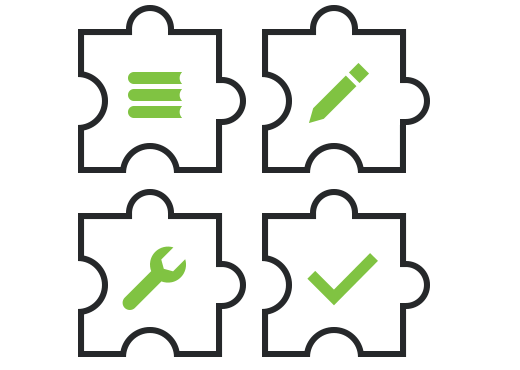
The cross-platform application development framework Qt is getting stripped down for developers. The Qt company has announced the Qt Lite project, a new initiative to give developers the ability to use only what they need from the Qt framework.
“The amount of devices and things surrounding us are rapidly increasing, becoming more intelligent and requiring software that runs on a greater variety of hardware—everything from IoT devices with or without a screen, smartwatches through to high-end smart TVs and industrial-grade PCs. As the requirements and the world of software development is changing, so does Qt,” wrote Nils Christian Roscher-Nielsen, product manager at Qt, in a blog post.
(Related: Qt Creator 4.0 is released)
Qt Lite is designed to be a more targeted solution than Qt. It features a new configuration system to enable developers to define the content they need for modules in more detail without having to include unnecessary features. As a start, the new system will be available for Qt Core, Qt Network, Qt GUI, Qt QML and Qt Quick.
The developer workflow is also being enhanced to allow developers to start with a minimal deployable configuration that enables them to add features as they need them. In addition, the company is introducing 2D Software Rendered for Qt Quick, allowing developers to develop user interfaces for embedded devices without an Open GL requirement.
“Qt Lite is neither a separate product nor a fork of Qt—it is all built into Qt allowing us to efficiently develop and maintain it as part of the whole Qt framework,” wrote Roscher-Nielsen. “As such, many of these changes will benefit all Qt users, but especially those targeting resource-constrained devices.”
Going forward, the company plans to put more focus on embedded development, as well as enhance Qt to make it more lightweight and easier to use. According to Roscher-Nielsen, the next phase of Qt Lite includes code optimizations, enhanced configuration, and integration.
“We believe in a future of great software and hardware, developed together, delivered quickly, and that you can have fun in the process,” he wrote. “Embedded development should be just as simple as all other software development, and you should immediately see the result of your ideas running on your device.”






